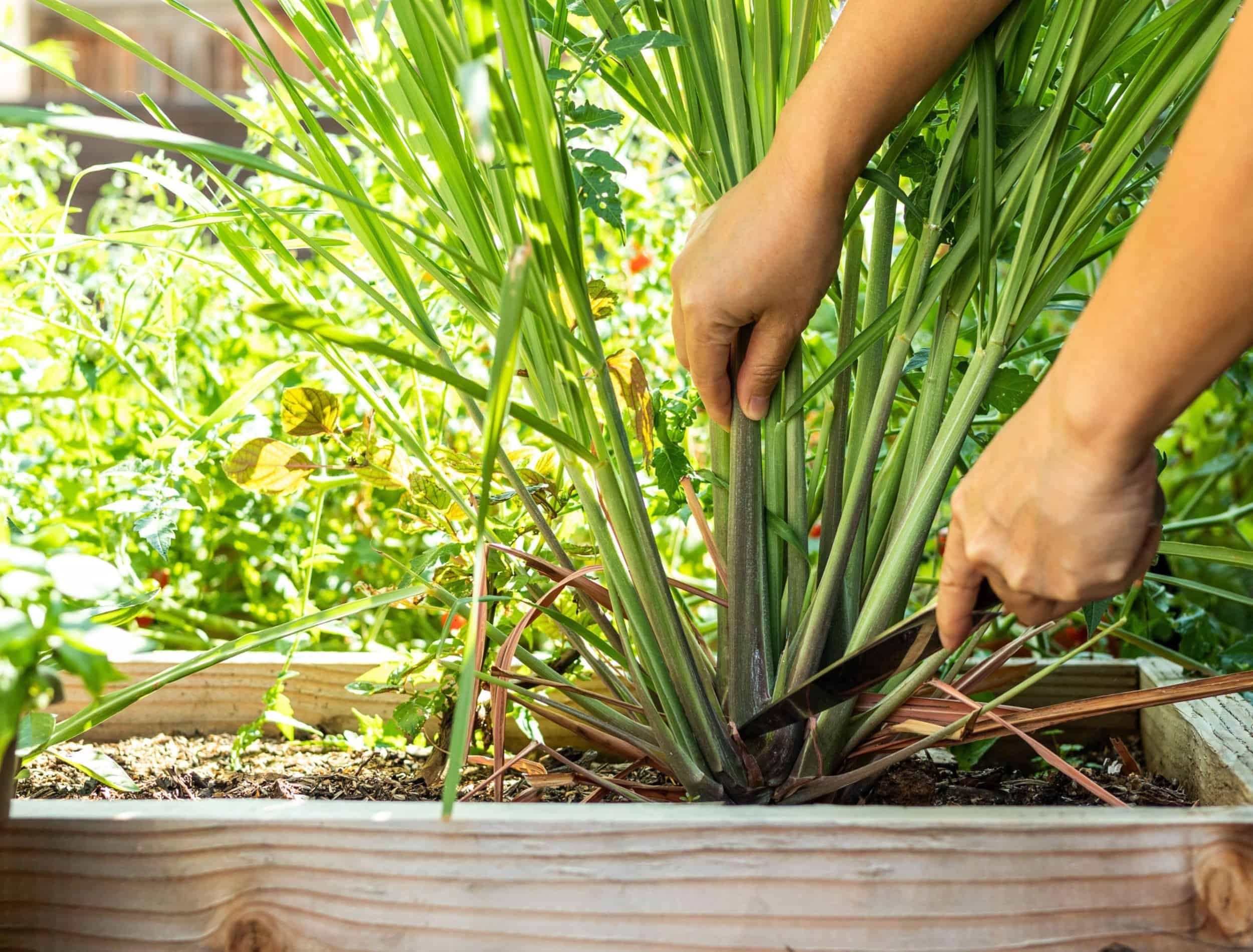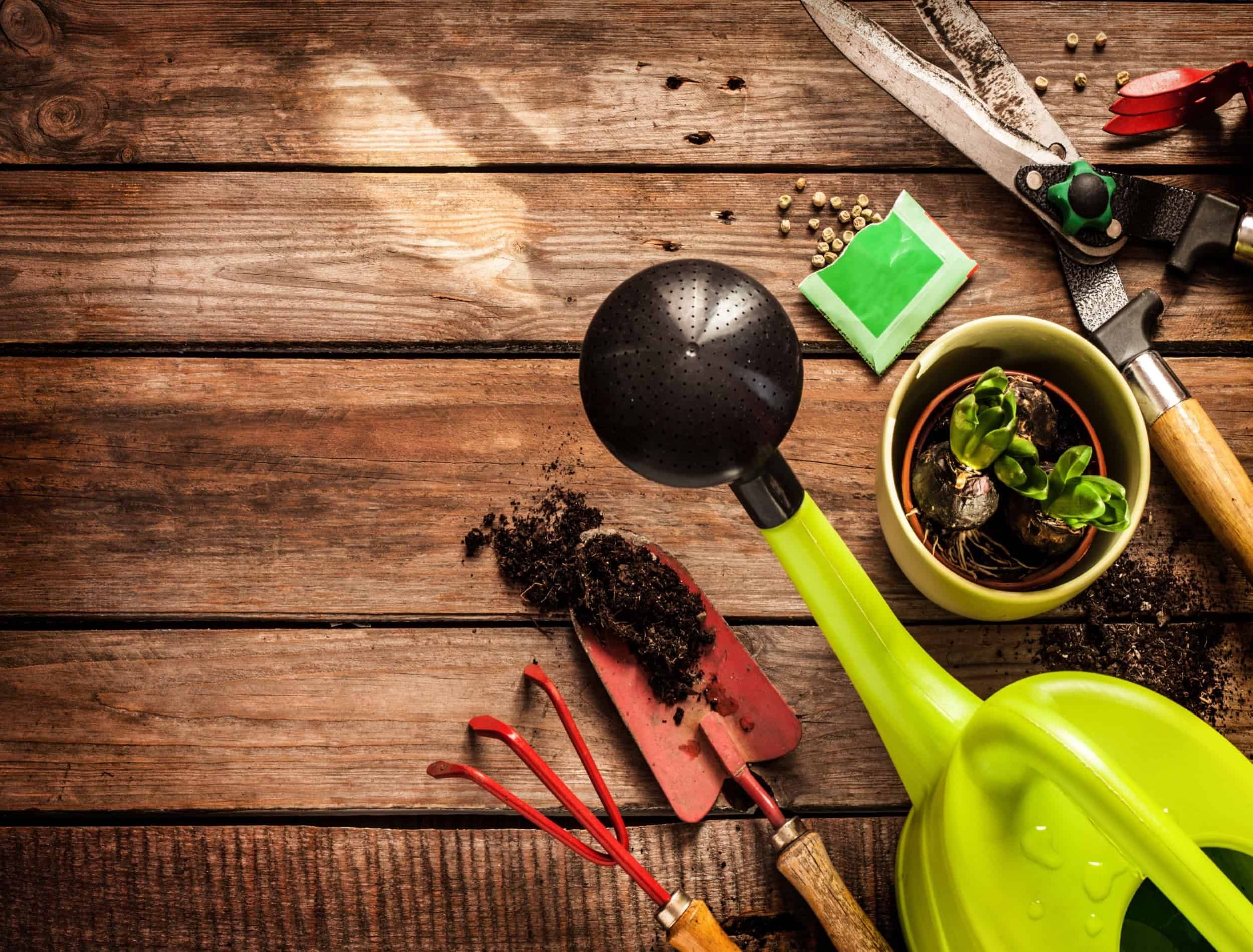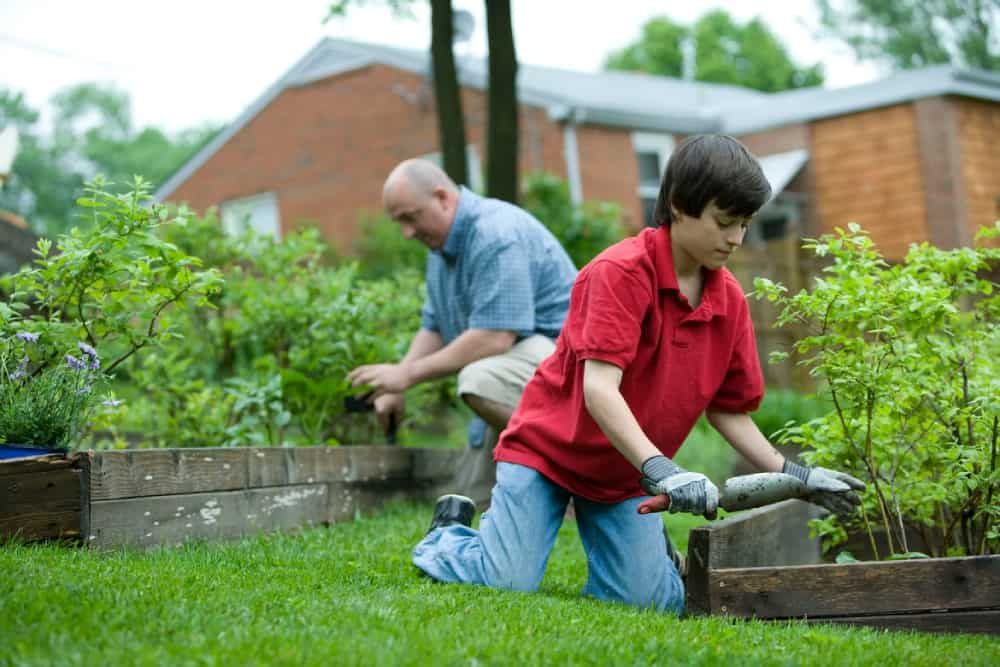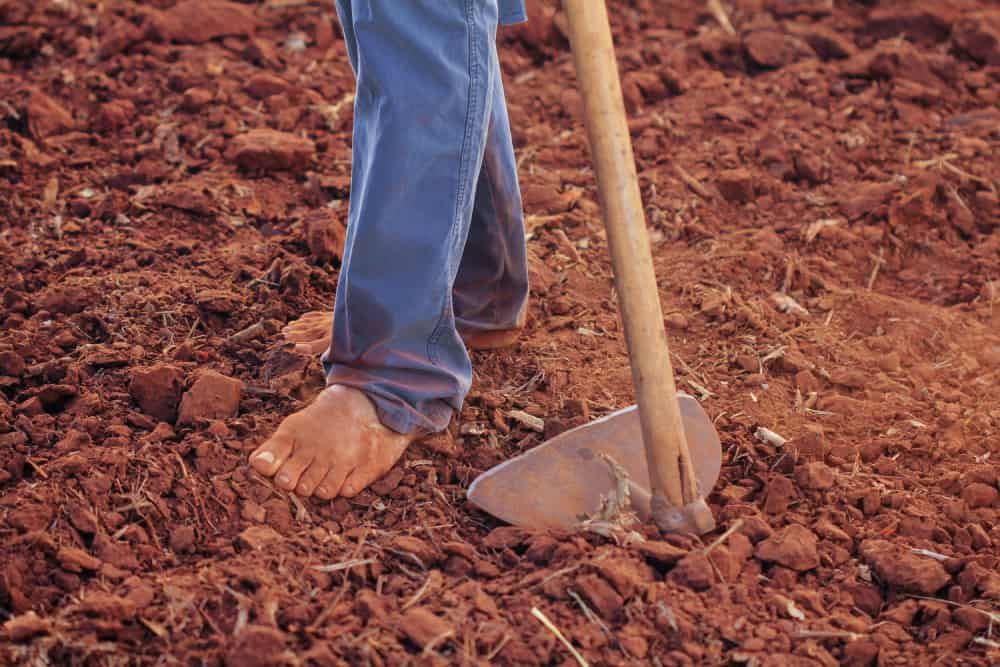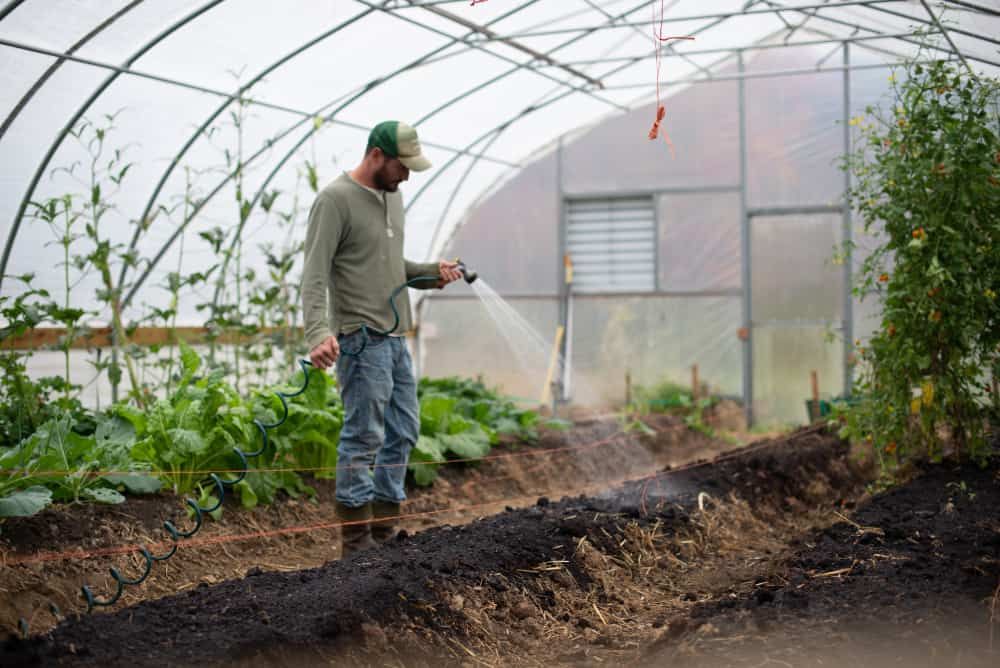Lemongrass is a tropical grass that thrives in hot, humid climates. It's often used in Asian cooking for its lemony flavor and fragrance. Lemongrass can be tough to find fresh in the grocery store, but it's easy to grow on your own. Luckily, this guide will tell you everything you need to know to grow this plant.
What You'll Need
Image credit: Pinkyone via Shutterstock
Before we get to the lemongrass planting instructions, let's go over the materials you'll need to have on hand.
- Lemongrass seeds or lemongrass plant
- Soil
- Fertilizer
- Watering can or garden hose
- Shovel
- Gardening gloves (optional)
Now that you have all your materials, let's get started on growing lemongrass!
1. Choose the Perfect Spot to Grow Lemongrass
Image credits: Nanniie_iiuu via Canva
Finding the right spot to plant lemongrass is important because this herb does not tolerate frost and needs warm weather to grow. Lemongrass is a tropical plant, so it needs warmth and humidity to thrive. Choosing a spot that is too shady will make the lemongrass leggier and less productive. Find a place in your garden that gets at least six hours of sunlight a day. Lemongrass needs enough sun to produce the essential oils that give it its flavor and fragrance.
Remember, because lemongrass is a tropical plant, it cannot tolerate frost. Wait to plant lemongrass until the weather is warm and all danger of frost has passed. This will ensure your lemongrass has the best chance of surviving and thriving.
2. Make Sure the Soil is Well-Drained
Image Credit: CDC via unsplash
Just as lemongrass needs warmth and humidity, it also needs well-drained soil. If your soil is heavy or clay-like, mix in some compost or other organic matter to improve drainage. Lemongrass is susceptible to root rot, so make sure your soil isn't too heavy or dense. It will also do well in a pot if you live in a cooler climate. Just make sure the pot has drainage holes.
Lemongrass can grow in a range of soils. They like neutral, but can also tolerate slightly acidic soil with a pH from 5.5 to 7.0. You can test your soil's pH with a simple kit from the hardware store.
Make sure to test your soil before you plant lemongrass, so you can adjust the pH if necessary.
3. Mix Compost and Native Soil
Image Credit: Markus Spiske via unsplash
Compost and other organic matter are essential for lemongrass. It helps improve drainage and add nutrients to the soil; Aged compost is best, but any compost will do. Just make sure it's well-rotted so it doesn't rob your lemongrass of nitrogen as it breaks down.
Before planting lemongrass, mix some aged compost or other rich organic matter into the native soil. It is also a good idea to add a layer of mulch around the plants to help keep the soil moist. This will be especially important in hot, dry climates. It ensures lemongrass gets the moisture it needs to survive and thrive.
4. Plant Stalks 24 Inches Apart
Image Credit: Rodolfo Clix via pexels
Dig a hole that's twice the width and depth of the lemongrass plant's root ball. Place the lemongrass plant in the hole and fill it with soil. It is important to give lemongrass room to grow. You don't want to plant the stalks too close together, or they will crowd each other out. Plant lemongrass stalks 24 inches apart, so they have enough space to spread out and don't compete with eachother. The spacing will also help improve air circulation, which lemongrass needs to prevent fungal diseases.
If you are planting lemongrass in a pot, make sure the pot is at least 12 inches wide and 12 inches deep. This will help make sure the roots have enough room to grow and spread out.
5. Water Lemongrass Regularly
Image Credit: Zoe Schaeffer via unsplash
After planting lemongrass, water it well. Then, water lemongrass regularly, especially during hot, dry weather. This tropical plant needs a lot of moisture to survive. Lemongrass is drought-tolerant, but it will not produce as much if it doesn't get enough water. Try your best to keep the soil moist, but not soggy. Lemongrass doesn't like wet feet, so make sure the soil drains well; Just like most plants, don't overwater and accidentally drown your plant.
You can tell lemongrass needs water if the leaves start to turn yellow. This is a sign that the plant is stressed and needs more moisture. If you see this happening, water lemongrass right away.
6. Balanced Fertilizer Will Help
Image Credit: Sippakorn Yamkasikorn via pexels
To keep lemongrass healthy and growing, fertilize it every two weeks with a balanced fertilizer. You can find a fertilizer specific for lemongrass at your local garden center. Lemongrass is a heavy feeder, so it needs regular fertilization to stay healthy. It relies heavily on nitrogen, so make sure your fertilizer has a good amount of that special component.
Regularly fertilizing lemongrass will also help it produce more essential oils, giving it its flavor and fragrance. Apply fertilizer throughout the growing season for best results.
7. Harvesting Lemongrass Stalks
Image Credit: sarangib via pixabay
You can start harvesting lemongrass when the stalks are at least a foot tall. Cut the stalks close to the ground with a sharp, clean knife. You can use lemongrass fresh or dry it for later use.
Fresh lemongrass has the best flavor, but it doesn't keep as long as dried lemongrass. Hang them upside down in a cool, crisp place until they are completely dry. Once lemongrass is dry, you can store it in an airtight container for later use.
Use lemongrass in a variety of dishes, including soups, curries, and stir-fries. Lemongrass has a citrusy flavor that goes well in a variety of dishes. You can also add it to marinades and sauces for an extra boost of flavor.
Lemon Tell You About It
Lemongrass is a delicious and fragrant herb that can add a lot of flavor to your cooking. It's also easy to grow your own herb. Just follow these simple tips and you'll be harvesting lemongrass in no time.
Also, discover the other herbs that are great to cook with. As always, don't forget to share!

